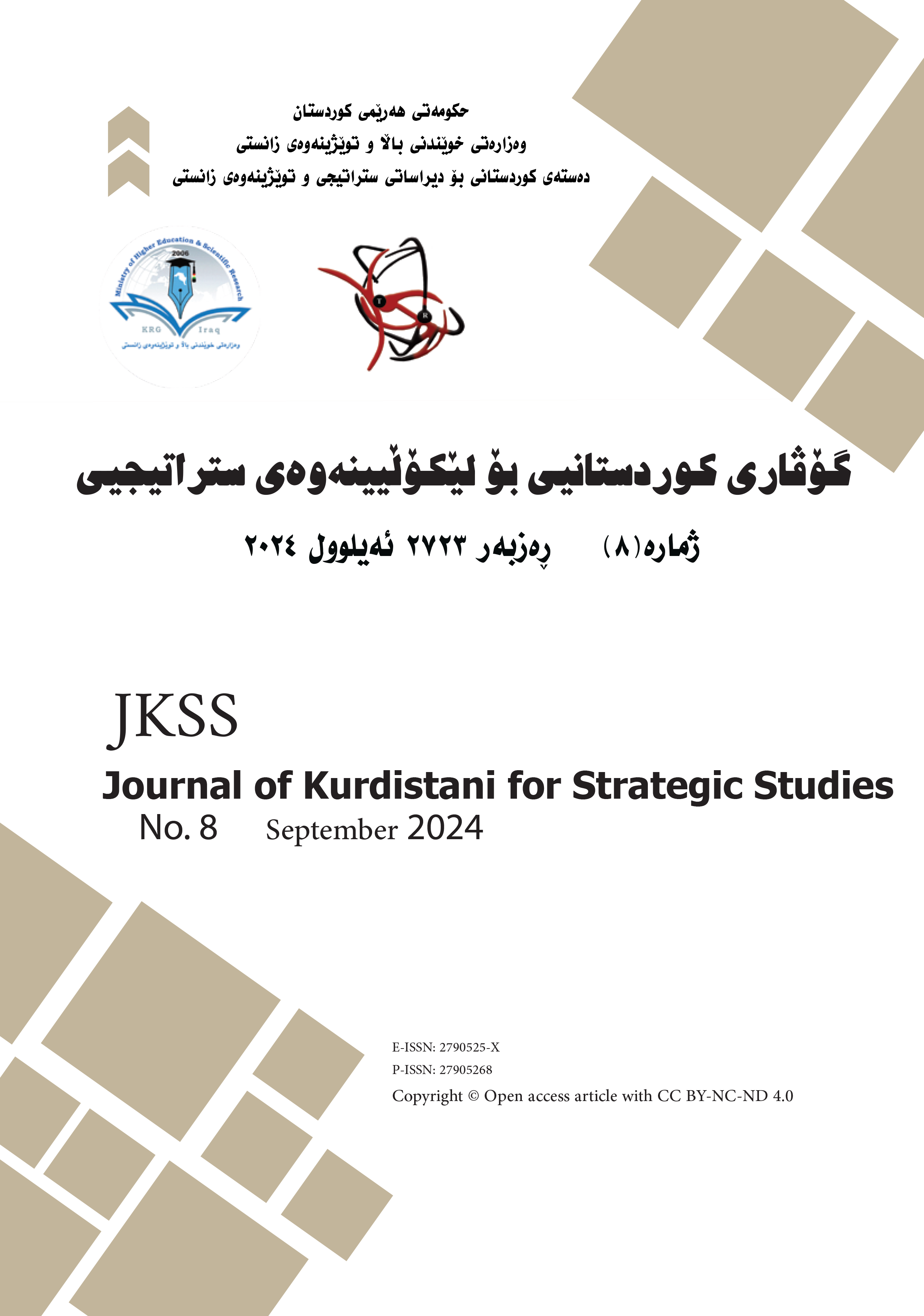Utilizing GIS and RS to determine suitable areas for installing wind power stations: Case study, Erbil governorate, Kurdistan Region, Iraq
Keywords:
wind speed, GIS, MCDA, AHP, Erbil GovernorateAbstract
Determining suitable locations for wind energy installation is essential for the use of renewable energy. In order to identify the ideal locations for wind turbine installations in Erbil province, Iraqi Kurdistan Region, this study utilizes a geographic information system and remote sensing technologies. The assessment was based on three parameters: elevation, slope, and wind speed, using SRTM and Global Wind Atlas data. We worked out the weights for each of the criteria using the Analytical Hierarchy Process (AHP). The results show that the northern, central, and western parts of the governorate account for 58.91% of the least suitable areas for wind generation. 39.33% of the governorate’s total area consists of less suitable areas, with moderately suitable areas accounting for 1.70% and primarily located in the north. The northeastern region offers the majority of highly suitable areas, comprising only 0.06%. Consequently, while the northern and northeastern regions have the greatest capability for wind energy, the middle, southern, and western regions represent significant challenges to wind energy development.







